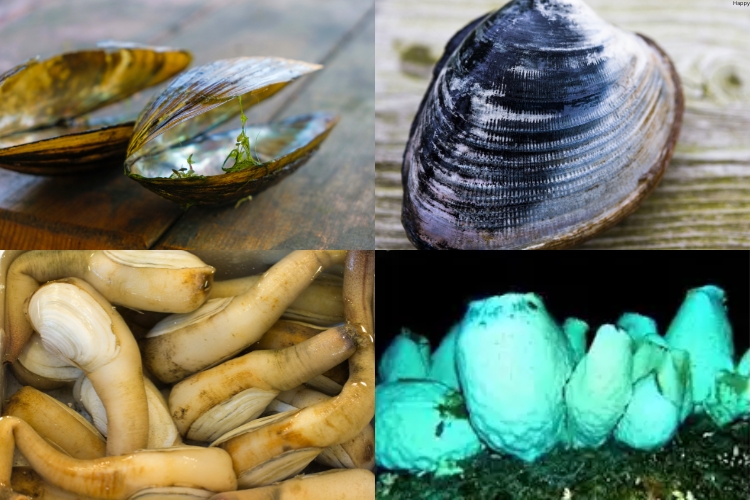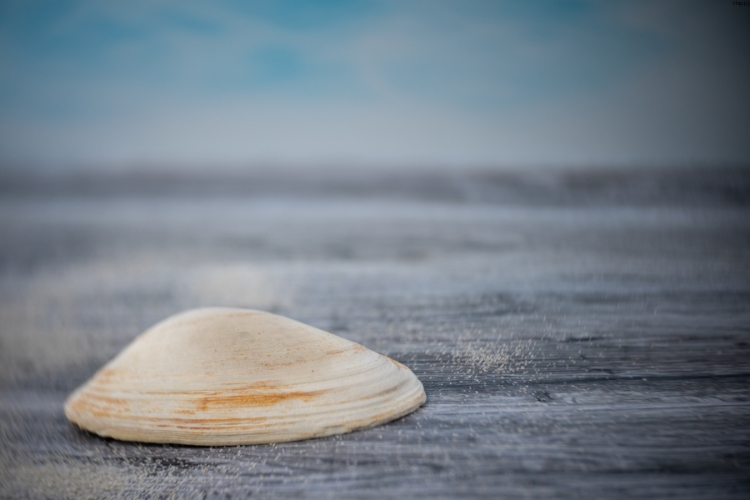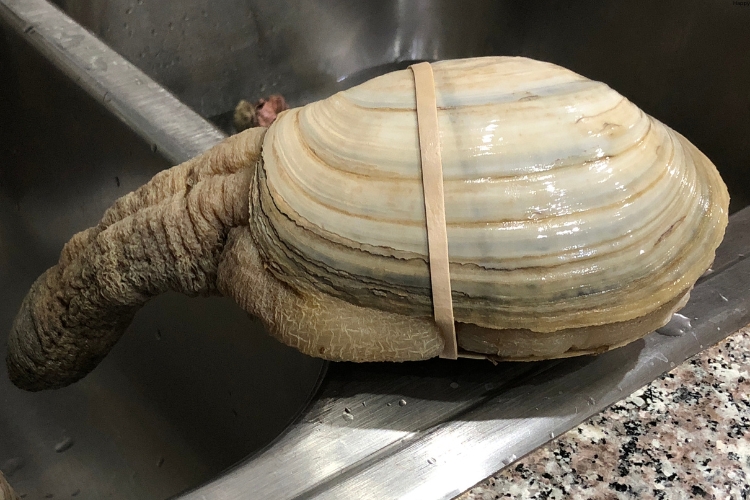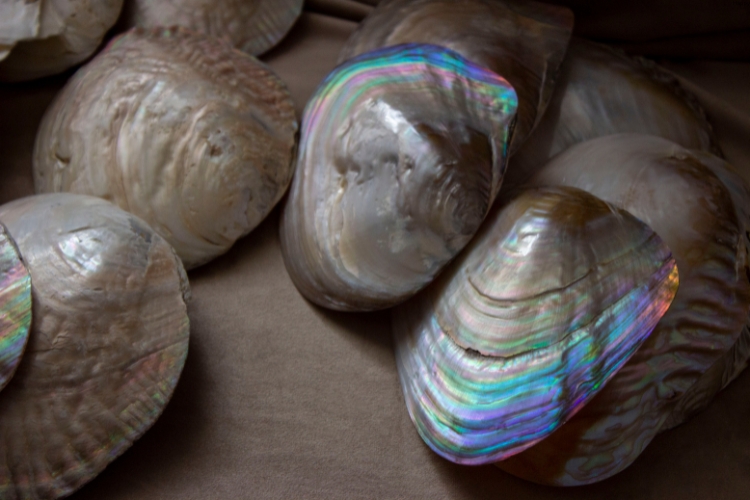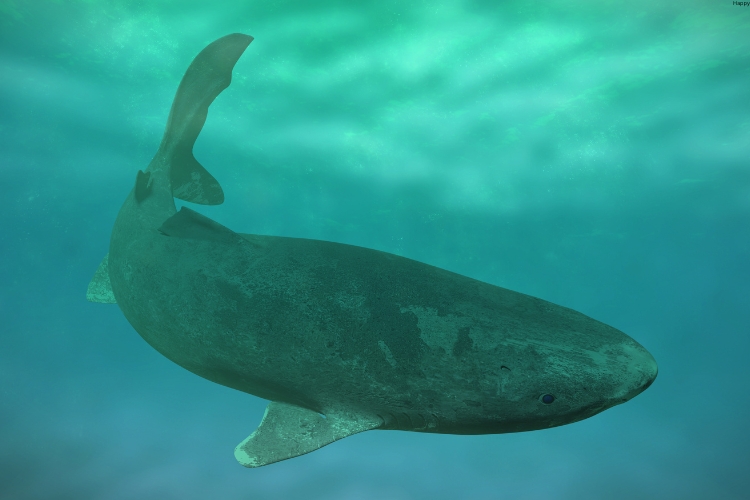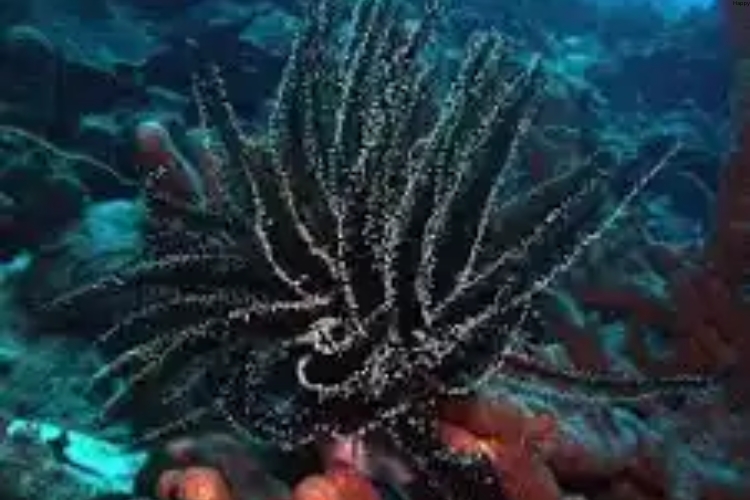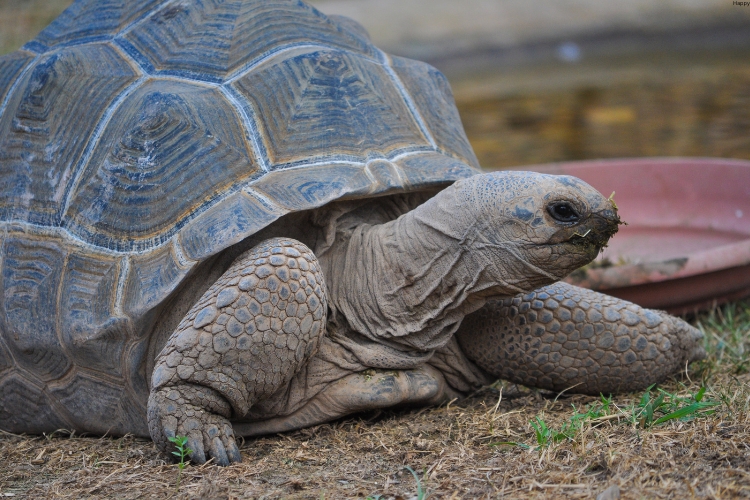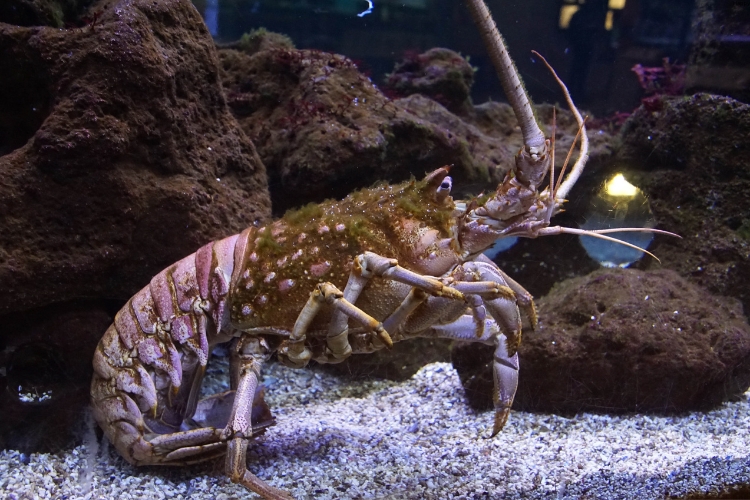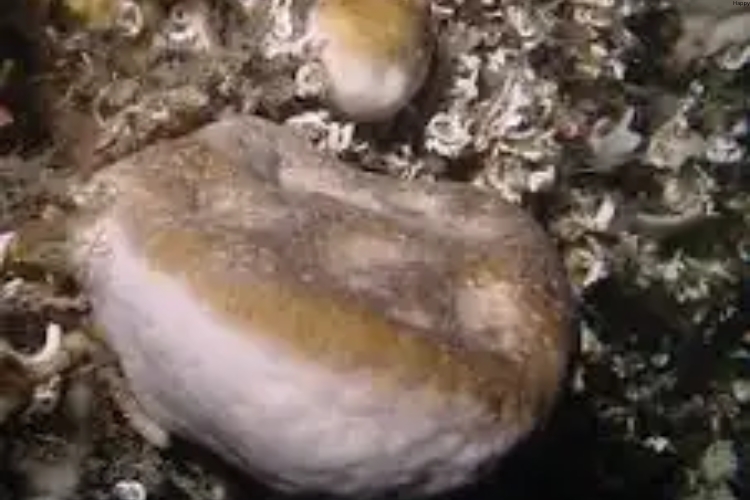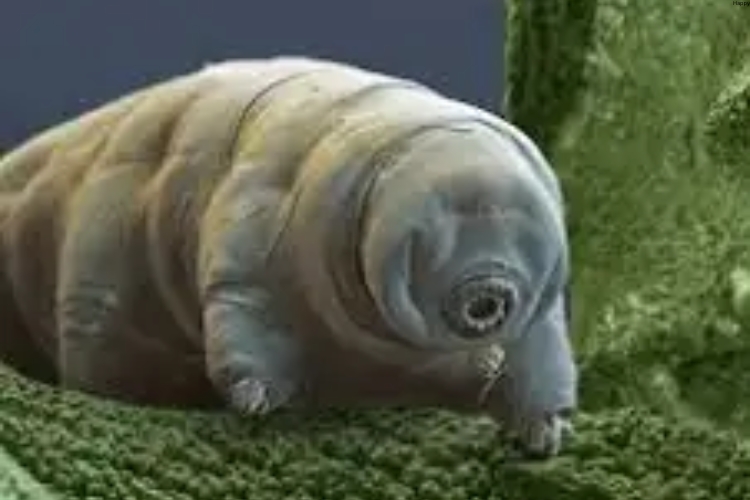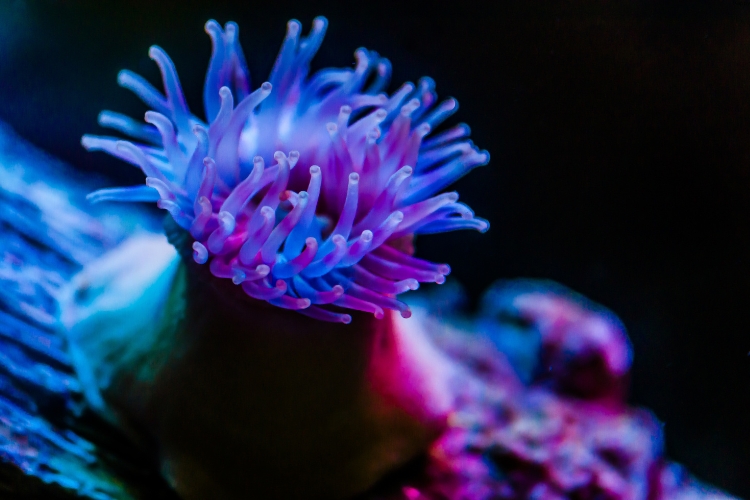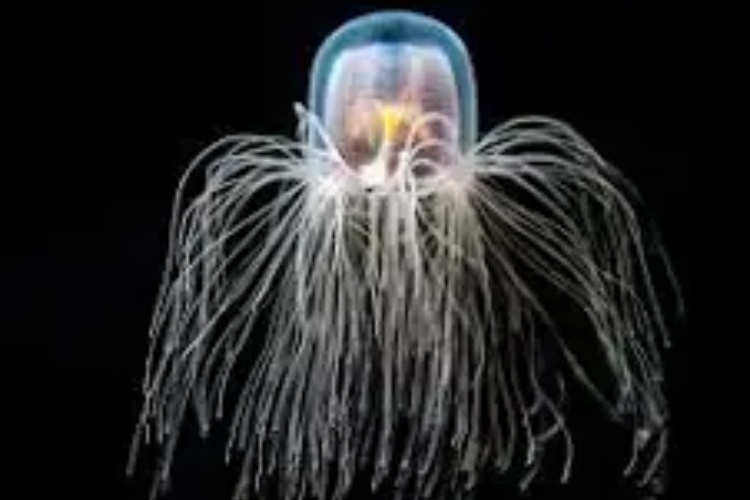When we think of long-lived animals, our minds often wander to creatures like tortoises, whales, or even humans. However, the world of invertebrates—animals without backbones—holds some surprising contenders in the longevity stakes.
These resilient creatures have developed remarkable adaptations that allow them to survive and thrive for decades, sometimes even centuries.
In this blog post, we’ll explore 20 invertebrates with impressively long lifespans, delving into the fascinating world of these often-overlooked animals.
Understanding Invertebrate Longevity
Before we dive into our list, it’s important to understand what contributes to the longevity of invertebrates. Several factors play a role:
- Metabolic rate: Many long-lived invertebrates have slow metabolisms, which can contribute to their extended lifespans.
- Environment: Some species live in stable environments with few predators or environmental stressors.
- Size: In some cases, larger invertebrates tend to live longer than smaller ones.
- Reproductive strategy: Species that reproduce later in life or less frequently often have longer lifespans.
Now, let’s explore our list of 20 invertebrates with remarkably long lifespans.
The Top 20 Long-Lived Invertebrates
1. Ocean Quahog (Arctica islandica)
Lifespan: Up to 500+ years
The ocean quahog, a species of edible clam, holds the record for the longest-lived animal known to science. In 2006, researchers discovered a specimen nicknamed “Ming” that was an astonishing 507 years old.
These mollusks live in the cold waters of the North Atlantic and grow extremely slowly, contributing to their incredible longevity.
2. Geoduck Clam (Panopea generosa)
Lifespan: Up to 160 years
The geoduck, pronounced “gooey-duck,” is a large saltwater clam native to the west coast of North America.
These bizarre-looking mollusks can live for over a century and a half, spending most of their lives buried in the sand with only their long siphons exposed.
3. Freshwater Pearl Mussel (Margaritifera margaritifera)
Lifespan: Up to 250 years
These remarkable bivalves can be found in clean, fast-flowing rivers across Europe and North America.
Their longevity is partly due to their slow growth rate and low metabolic activity. Unfortunately, they’re now endangered due to habitat loss and pollution.
4. Antarctic Sponge (Anoxycalyx joubini)
Lifespan: Up to 15,000 years (estimated)
While it’s difficult to accurately date these simple animals, some scientists estimate that certain Antarctic sponges could be up to 15,000 years old.
These ancient creatures grow incredibly slowly in the cold, stable waters of the Antarctic, potentially making them the oldest living animals on Earth.
5. Red Sea Urchin (Strongylocentrotus franciscanus)
Lifespan: Up to 200+ years
Found along the Pacific coast of North America, red sea urchins are among the longest-lived animals in the world.
Their longevity is partly due to their ability to regenerate damaged body parts and their relatively stable ocean environment.
6. Greenland Shark (Somniosus microcephalus)
Lifespan: Up to 500 years
While technically a vertebrate, the Greenland shark deserves a mention for its incredible lifespan. Recent research suggests these slow-growing arctic sharks can live for up to five centuries, making them the longest-lived vertebrates known to science.
7. Tube Worm (Escarpia laminata)
Lifespan: Up to 250 years
These deep-sea creatures live near hydrothermal vents and cold seeps on the ocean floor. Their extreme longevity is likely due to their low-energy lifestyle and the stable, albeit harsh, environment they inhabit.
8. Black Coral (Leiopathes sp.)
Lifespan: Up to 4,000+ years
Some species of black coral are among the oldest known living organisms on Earth. These slow-growing marine invertebrates form colonies that can persist for thousands of years in the deep, cold waters of the ocean.
9. Glass Sponge (Hexactinellid sponges)
Lifespan: Up to 15,000 years (estimated)
Like their Antarctic cousins, some species of glass sponges are thought to live for millennia. These ancient animals have extremely slow growth rates and metabolisms, contributing to their extraordinary longevity.
10. Aldabra Giant Tortoise (Aldabrachelys gigantea)
Lifespan: Up to 255 years
While not an invertebrate, this reptile is worth mentioning due to its exceptional lifespan. The oldest known Aldabra giant tortoise, Adwaita, was estimated to be 255 years old when he died in 2006.
11. Lake Baikal Amphipod (Acanthogammarus korotnewi)
Lifespan: Up to 60 years
These small crustaceans, native to the deep waters of Lake Baikal in Russia, have surprisingly long lifespans for their size. Their longevity is likely due to the cold, stable environment of the world’s deepest lake.
12. Icelandic Cyprine (Arctica islandica)
Lifespan: Up to 507 years
Another member of the ocean quahog family, the Icelandic cyprine holds the record for the longest-lived individual animal ever found. The specimen, nicknamed “Ming,” was 507 years old when it was discovered.
13. European Lobster (Homarus gammarus)
Lifespan: Up to 100 years (estimated)
While it’s difficult to determine the exact age of lobsters in the wild, some scientists believe that European lobsters could potentially live for a century or more under ideal conditions.
14. Lamellibrachia Tube Worm (Lamellibrachia luymesi)
Lifespan: Up to 250 years
These deep-sea tube worms, found near cold seeps in the Gulf of Mexico, have been estimated to live for up to two and a half centuries. Their longevity is likely due to their slow growth rate and stable environment.
15. Giant Barrel Sponge (Xestospongia muta)
Lifespan: Up to 2,300 years (estimated)
Often called the “redwoods of the reef,” giant barrel sponges can grow to massive sizes and potentially live for over two millennia. Their slow growth rate and ability to regenerate contribute to their long lifespans.
16. Geodia Barretti Sponge
Lifespan: Up to 500 years (estimated)
This deep-sea sponge, found in the North Atlantic Ocean, is another example of the remarkable longevity of some marine invertebrates. Its slow growth rate and stable environment contribute to its long life.
17. Turritopsis dohrnii (Immortal Jellyfish)
Lifespan: Potentially immortal
This small jellyfish species has the unique ability to revert to its juvenile polyp stage after reaching maturity, potentially allowing it to live indefinitely. While individual jellyfish can still die, this species is theoretically biologically immortal.
18. Tardigrade (Water Bear)
Lifespan: Up to 60 years (estimated)
While their normal lifespan is only about 3-4 months, tardigrades can enter a state of cryptobiosis, essentially suspending their metabolism. In this state, they can potentially survive for decades or even centuries.
19. Antarctic Krill (Euphausia superba)
Lifespan: Up to 6-8 years
While not as long-lived as some others on this list, Antarctic krill have surprisingly long lifespans for their size and type. Their longevity is notable given their important role in the Antarctic ecosystem.
20. Deep-Sea Coral (Gerardia sp.)
Lifespan: Up to 2,700 years
Some species of deep-sea coral, such as Gerardia, can live for thousands of years. These slow-growing organisms form complex structures that provide habitat for many other marine species.
Comparative Lifespans
To put these impressive lifespans into perspective, let’s compare them with some more familiar animals:
| Category | Species | Common Name | Maximum Lifespan (Years) | Habitat | Notable Fact |
|---|---|---|---|---|---|
| Invertebrate | Arctica islandica | Ocean Quahog | 500+ | North Atlantic Ocean | Oldest known animal specimen “Ming” lived 507 years |
| Invertebrate | Anoxycalyx joubini | Antarctic Sponge | 15,000 (estimated) | Antarctic Ocean | Possibly the oldest living animal on Earth |
| Invertebrate | Scolymastra joubini | Glass Sponge | 15,000 (estimated) | Southern Ocean | Extremely slow growth rate contributes to longevity |
| Invertebrate | Leiopathes sp. | Black Coral | 4,000+ | Deep Oceans Worldwide | Some specimens dated to over 4,000 years old |
| Invertebrate | Margaritifera margaritifera | Freshwater Pearl Mussel | 250 | Rivers in Europe and North America | Endangered due to habitat loss and pollution |
| Invertebrate | Strongylocentrotus franciscanus | Red Sea Urchin | 200+ | Pacific Coast of North America | Can regenerate damaged body parts |
| Invertebrate | Panopea generosa | Geoduck Clam | 160 | Pacific Northwest Coast | Known for its long siphon and large size |
| Invertebrate | Homarus gammarus | European Lobster | 100 (estimated) | Northeast Atlantic Ocean | Continues to grow throughout its life |
| Vertebrate | Somniosus microcephalus | Greenland Shark | 500 | Arctic and North Atlantic Oceans | Longest-lived known vertebrate |
| Vertebrate | Aldabrachelys gigantea | Aldabra Giant Tortoise | 255 | Aldabra Atoll, Seychelles | Oldest known specimen “Adwaita” died in 2006 |
| Vertebrate | Geochelone nigra | Galápagos Giant Tortoise | 100+ | Galápagos Islands | Symbol of longevity and island evolution |
| Vertebrate | Balaena mysticetus | Bowhead Whale | 200+ | Arctic and Subarctic Waters | Longest-lived mammal |
| Vertebrate | Homo sapiens | Human | 122 | Worldwide | Longest confirmed human lifespan: Jeanne Calment |
| Plant | Pinus longaeva | Great Basin Bristlecone Pine | 5,000+ | Western United States | Oldest known individual tree is over 5,000 years old |
| Plant | Llareta | Yareta | 3,000+ | Andes Mountains | Dense, slow-growing plant resembling moss-covered rocks |
Factors Contributing to Long Lifespans in Invertebrates
Several factors contribute to the remarkable longevity of these invertebrates:
- Slow metabolism
- Stable environments
- Low predation pressure
- Ability to regenerate tissues
- Efficient DNA repair mechanisms
- Resistance to oxidative stress
Conservation Implications
The longevity of these invertebrates has important implications for conservation:
- Long-lived species often reproduce slowly, making them vulnerable to overharvesting
- They can serve as important indicators of long-term environmental changes
- Their habitats, often stable for millennia, may be threatened by climate change and human activities
Conclusion
The world of long-lived invertebrates is fascinating and diverse, ranging from ancient sponges in the depths of the ocean to resilient tardigrades that can survive extreme conditions.
These remarkable creatures challenge our understanding of aging and longevity, potentially holding secrets that could inform human medicine and conservation efforts.
As we continue to explore the oceans and study these incredible animals, we may discover even more long-lived species, further expanding our knowledge of the diverse and resilient life on our planet.
The study of these ancient invertebrates not only satisfies our curiosity about the natural world but also provides valuable insights into evolution, adaptation, and the effects of long-term environmental changes.
By understanding and protecting these long-lived invertebrates and their habitats, we contribute to the preservation of Earth’s biodiversity and potentially unlock secrets that could benefit both science and society.
As we face global challenges like climate change and habitat loss, the lessons we learn from these resilient creatures may prove invaluable in our efforts to create a sustainable future for all life on Earth.

